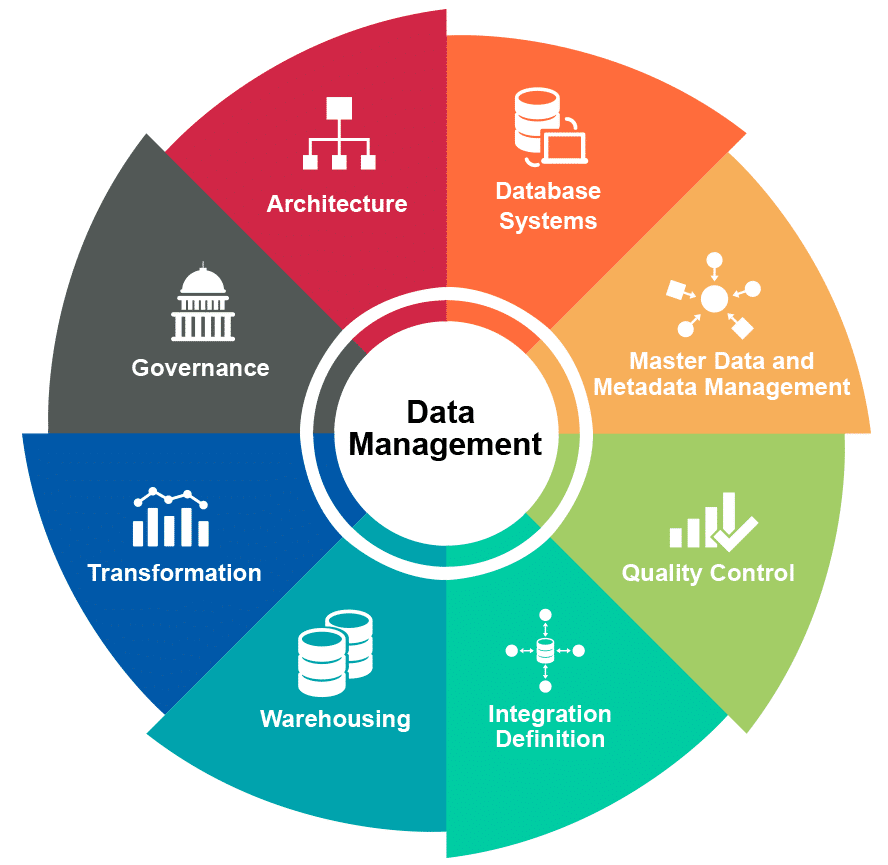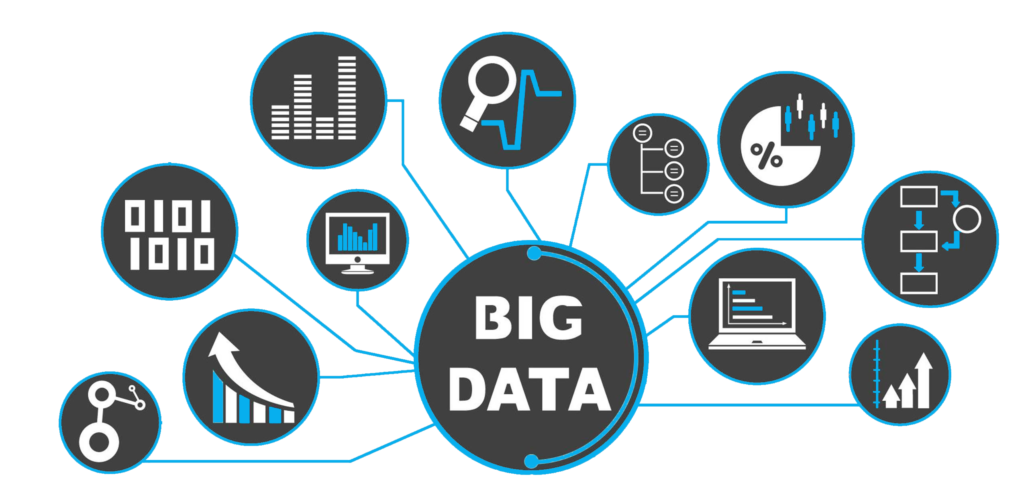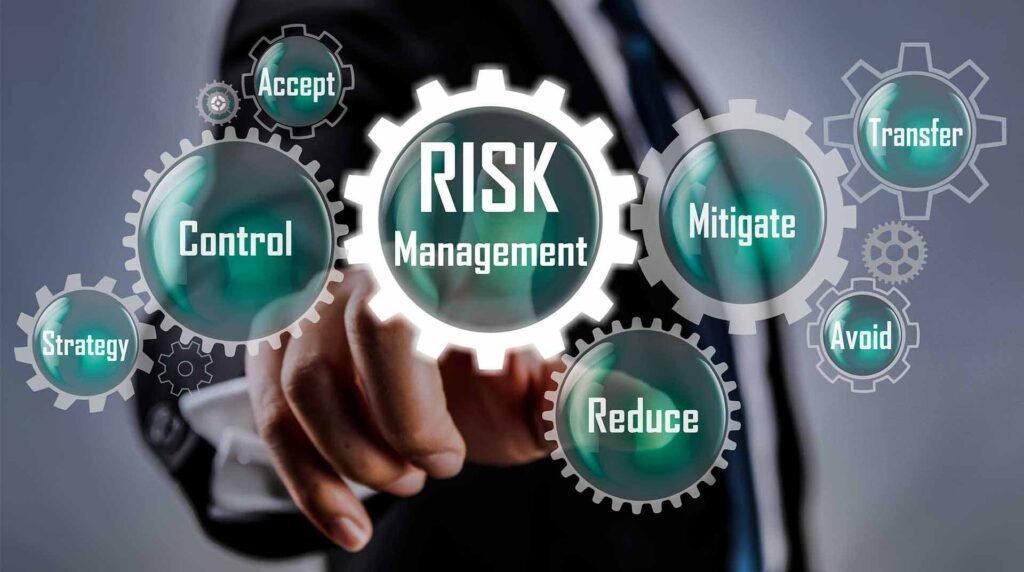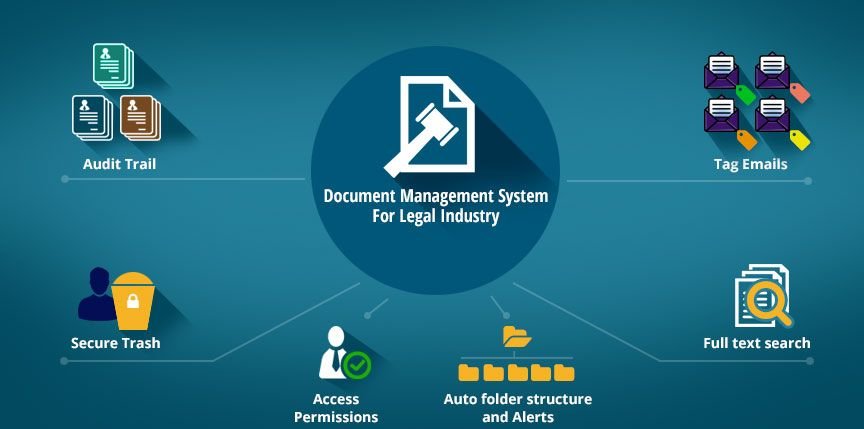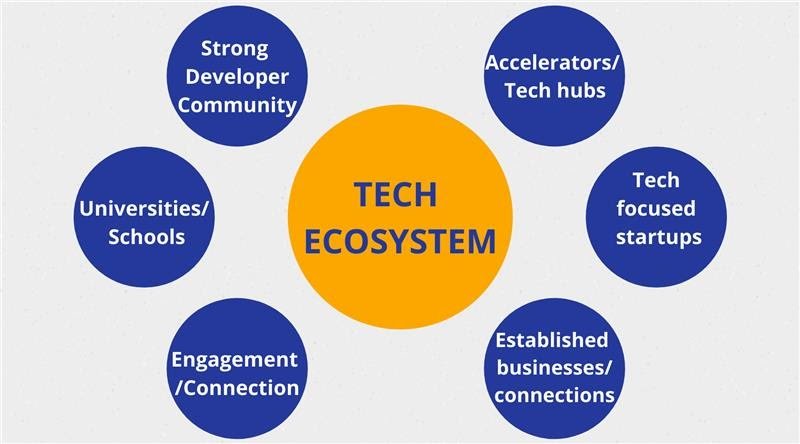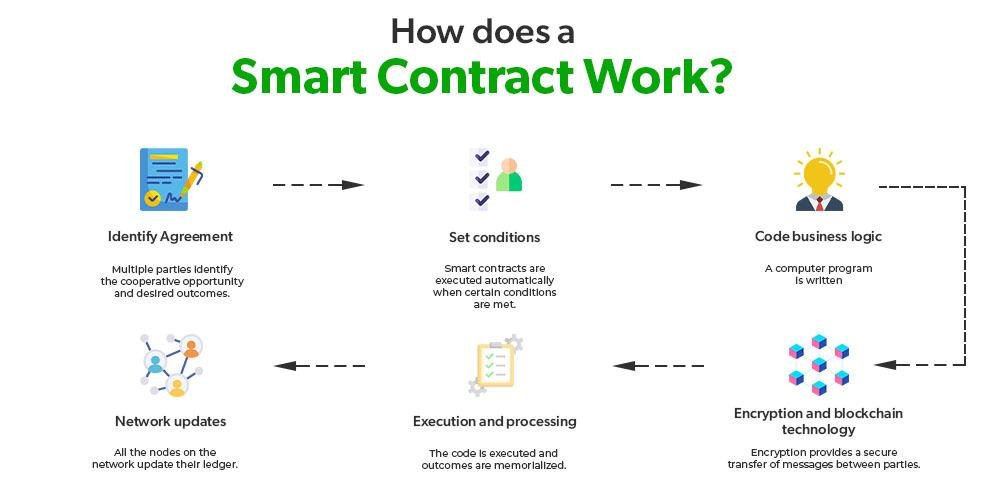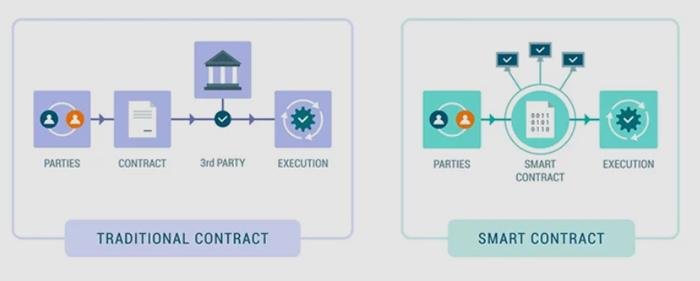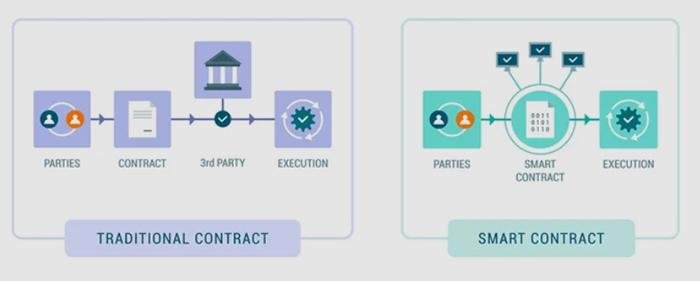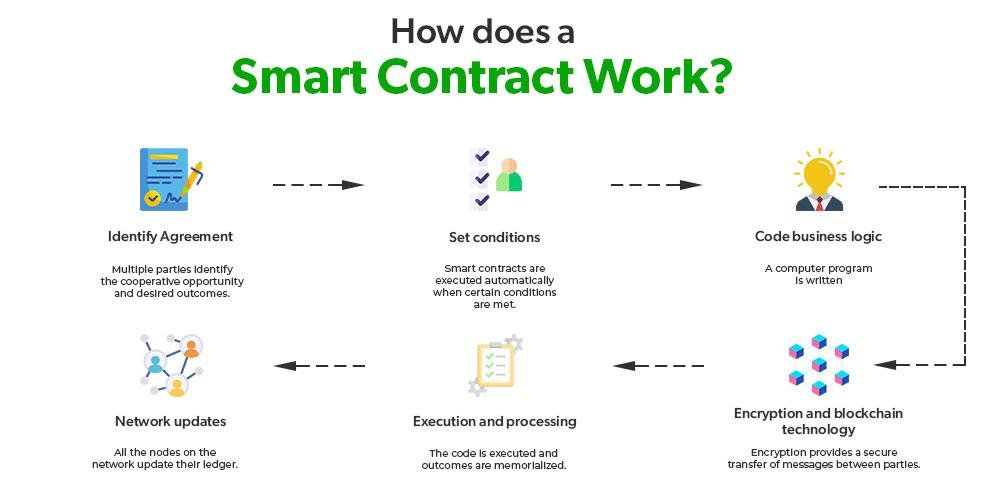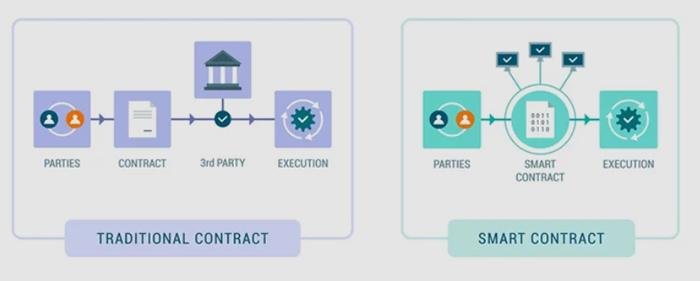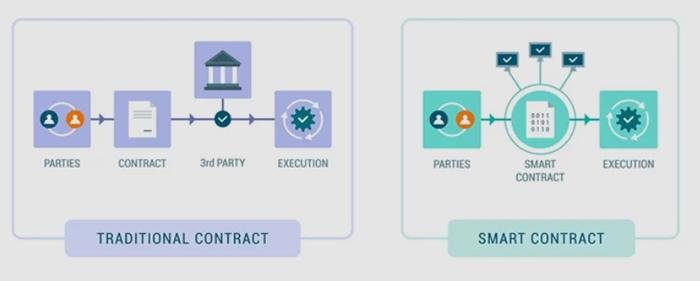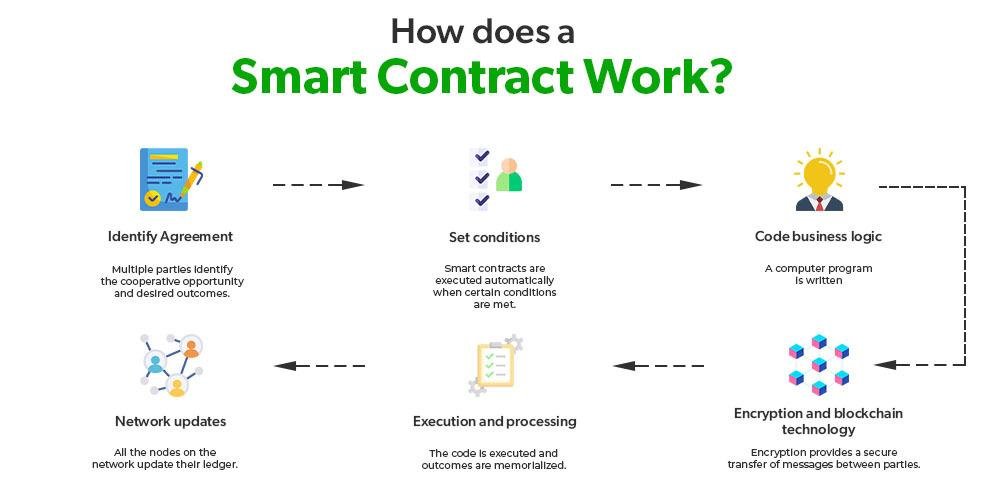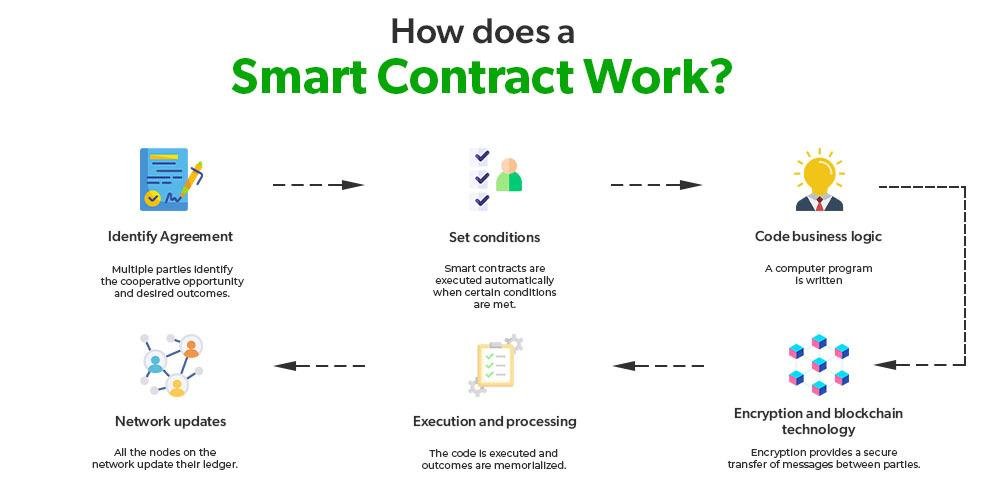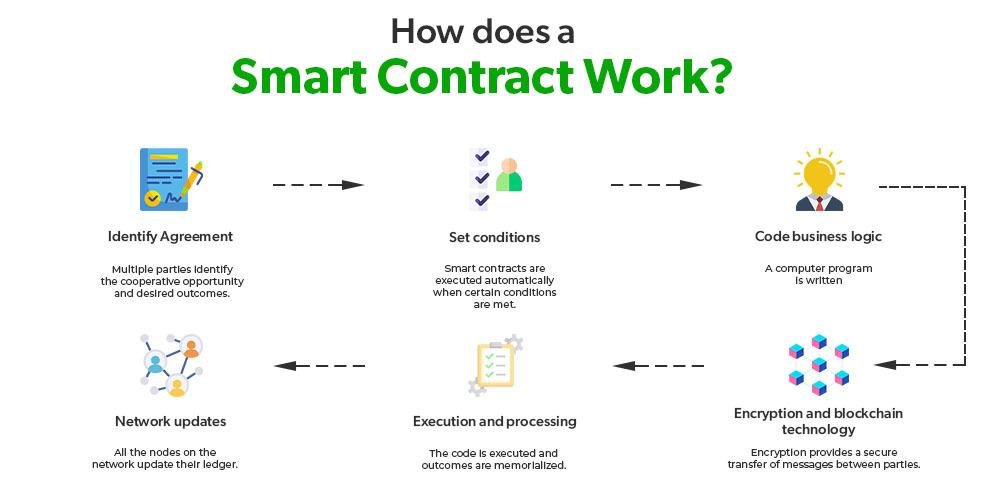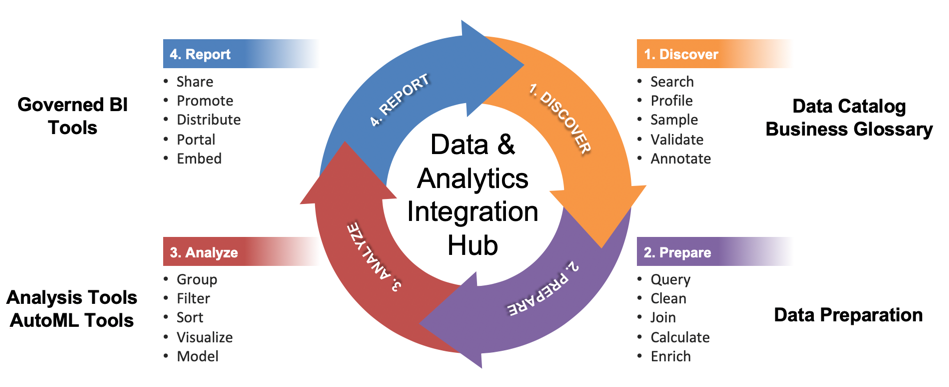Using Technology to Simplify E-Discovery Data Management

Table of Contents
Introduction
In today’s digital landscape, organizations generate vast amounts of data, making e-discovery complex and challenging. To simplify this process, legal professionals can utilize advanced tools and software that streamline data identification, collection, processing, and review. By leveraging automation, artificial intelligence, and cloud-based platforms, legal teams can improve accuracy, enhance collaboration, and ensure compliance with regulations. This approach not only reduces risks associated with data handling but also enables faster responses to legal challenges, transforming e-discovery into a manageable and strategic aspect of legal practice.
Cloud-Based Solutions for E-Discovery
Cloud-based solutions are transforming e-discovery data management in the legal field. Here’s how they benefit legal professionals:
- Centralized Data Storage:
- All relevant documents can be stored in one secure place.
- This simplifies data retrieval and ensures everyone accesses the same up-to-date information, reducing miscommunication and errors.
- Real-Time Collaboration:
- Legal teams can work on documents simultaneously, sharing insights instantly.
- Features like annotation and comment tracking foster a dynamic workflow, essential for complex cases requiring input from multiple stakeholders.
- Robust Security:
- Advanced encryption, multi-factor authentication, and regular audits protect sensitive information.
- This helps maintain client confidentiality and comply with regulatory requirements.
- Scalability:
- Organizations can easily adjust their storage and processing capabilities as cases evolve.
- This flexibility allows firms to manage costs effectively, paying only for what they need.
- Compliance Assistance:
- Many cloud providers help maintain compliance with data protection laws like GDPR and HIPAA.
- Automated processes for data retention and deletion minimize compliance risks.
AI-Powered Analytics in E-Discovery

AI-powered analytics are changing the landscape of e-discovery, making it more efficient and effective. Here are the key benefits:
- Speed and Efficiency:
- AI tools quickly analyze vast amounts of data, much faster than manual reviews.
- They can sift through millions of files to find relevant documents, saving significant time.
- Improved Accuracy:
- These tools use advanced algorithms to recognize patterns and extract insights from data.
- As they process more information, they learn and improve, refining their ability to identify important documents over time.
- Better Decision-Making:
- AI analytics provide insights into data trends and relationships, helping legal teams develop informed strategies.
- Techniques like predictive coding allow lawyers to prioritize document reviews based on relevance, optimizing resource allocation.
- Enhanced Collaboration:
- Cloud-based platforms with AI capabilities enable real-time access and sharing of information among team members.
- This connectivity reduces the chances of miscommunication and leads to a smoother workflow.
- Meeting Modern Demands:
- AI analytics align with the growing need for transparency and accountability in legal proceedings.
- They help legal professionals handle the complexities of data management more effectively.
Secure Data Storage Options in E-Discovery
Managing large amounts of data is crucial in e-discovery, and secure storage options are essential for legal professionals. Here are the key storage options:
- Cloud Storage:
- Scalability: Easily store large volumes of data without physical infrastructure constraints.
- Security: Uses advanced encryption to protect against unauthorized access.
- Redundancy: Data is replicated across multiple locations, reducing the risk of loss due to hardware failure or disasters.
- Accessibility: Data can be quickly accessed when needed, allowing legal teams to focus on their work.
- On-Premises Solutions:
- Control: Provides complete control over data storage and security.
- Customization: Security protocols can be tailored to the organization’s specific needs.
- Compliance: Ideal for handling sensitive information with stringent regulatory requirements.
- Investment: Requires significant investment in hardware and ongoing maintenance.
- Hybrid Solutions:
- Combination: Mixes on-premises and cloud storage, keeping sensitive data onsite while using the cloud for less critical information.
- Flexibility: Balances security with the scalability of cloud storage.
- Streamlined Access: Allows for categorization of data based on sensitivity, improving the e-discovery process.
- Regulatory Compliance:
- Legal Requirements: It’s vital to adhere to data protection laws like GDPR and HIPAA.
- Certification: Many cloud providers offer compliance certifications to help organizations meet industry standards.
Integrating E-Discovery Software with Existing Systems
Integrating e-discovery software with current systems is essential for law firms and corporate legal departments. Here are the key benefits and aspects of this integration:
- Consolidation of Data Sources:
- Integrating e-discovery tools allows organizations to bring together various data sources into one platform.
- This eliminates silos, making it easier for legal teams to access relevant files without switching between different applications.
- Enhanced Data Governance:
- Integration ensures compatibility with existing compliance and security protocols.
- This helps maintain data integrity, which is crucial for avoiding serious consequences in e-discovery.
- Organizations can monitor who accesses sensitive information, improving compliance efforts.
- Improved Collaboration:
- Integrated systems facilitate seamless information sharing among team members.
- This is particularly valuable in remote work environments, where teams may be spread across different locations.
- Real-time access to the same information enhances communication and decision-making.
- Cost Savings:
- Streamlining workflows reduces the time spent on manual data management tasks.
- Resources can be allocated more effectively, allowing teams to focus on higher-value activities like legal analysis and strategy.
- This leads to a better return on investment for e-discovery tools.
- Strategic Advantage:
- By simplifying data management, integrated e-discovery solutions improve the overall effectiveness of legal teams.
- Organizations can navigate e-discovery complexities with greater confidence.
Best Practices for Managing E-Discovery Workflows
Managing e-discovery workflows effectively is essential for legal teams to handle data efficiently. Here are key best practices:
- Establish a Clear Workflow:
- Define each stage of the e-discovery process: data collection, review, and production.
- Clearly outline responsibilities and timelines to minimize miscommunication and errors.
- Leverage Technology:
- Use advanced e-discovery tools for automated data processing, reducing manual tasks.
- Employ machine learning to identify relevant documents quickly, allowing focus on critical analysis.
- Integrate project management software to enhance collaboration, track progress, and manage deadlines.
- Prioritize Data Security:
- Implement robust security measures, including data encryption in transit and at rest.
- Set access controls to limit who can view or manipulate sensitive information.
- Maintain a proactive stance on data security to protect against breaches.
- Provide Regular Training:
- Keep team members updated on new tools and best practices to enhance workflows.
- Foster a culture of continuous improvement through ongoing training and feedback.
- Maintain Thorough Documentation:
- Document decisions, methodologies, and data sources throughout the e-discovery process.
- Use documentation as a reference to clarify actions taken and reinforce the credibility of the legal team.
- Adopt a Flexible Mindset:
- Be prepared to adapt workflows to changing circumstances or new information.
- Reassess priorities, reallocate resources, and adjust timelines as needed.
Conclusion
Using technology to simplify e-discovery data management enhances efficiency, reduces costs, and improves accuracy in legal processes. By automating data collection, organization, and analysis, legal teams can quickly identify relevant information, streamline workflows, and ensure compliance with regulations. Ultimately, leveraging advanced tools and software not only accelerates the e-discovery process but also allows legal professionals to focus on strategic decision-making, leading to better outcomes in litigation and investigations.





















































































































































































































































































































































